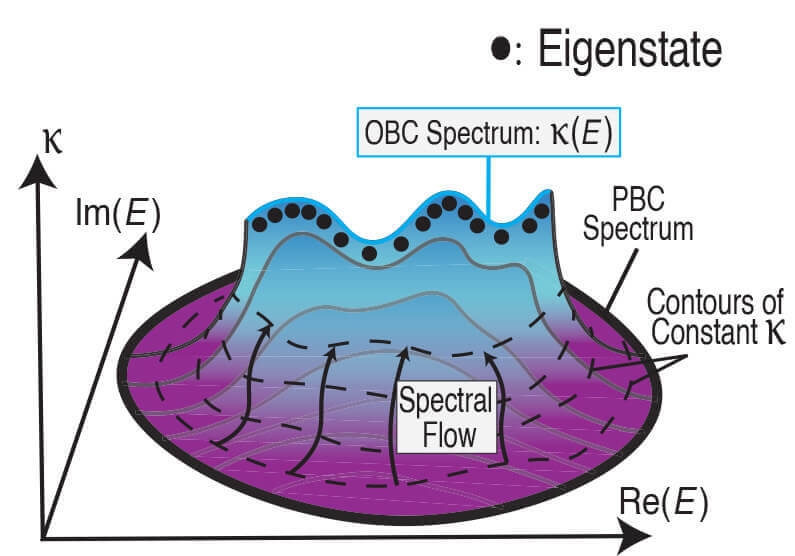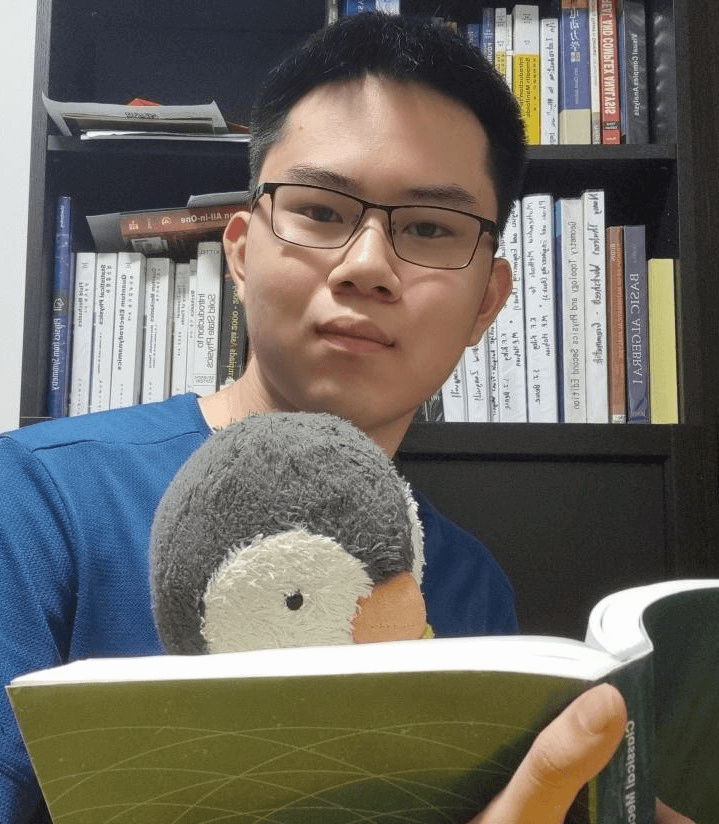SSEF Gold Award
Singapore Science and Engineering Fair (SSEF) 2022
Tan Jun Wei Luke, NUS High School
Supervisor: Asst/Prof Lee Ching Hua
Designing Arbitrary Non-Hermitian Hamiltonian Spectra via Electrostatic Conformal Maps

Non-Hermitian eigenstates are characterized by their complex energies E and inverse spatial decay lengths κ, which together describe a landscape κ(E). In particular, PBC eigenstates lie along κ = 0 loops, while OBC eigenstates accumulate along ridges where κ(E) is not smooth.
Non-Hermitian systems are physical systems that are not in equilibrium because they interact with the environment. Due to their complexity, they can possess various novel properties that are difficult or impossible to find in conventional materials, such as being ideal sensors due to their extremely sensitivity to disturbances. One open question, however, is how to engineer a non-Hermitian system that possesses the exact desired energy bands as well as sensing properties.
In a paper co-authored by Tan Jun Wei Luke and led by Asst. Prof Lee Ching Hua, which has been accepted by the prestigious journal Science Bulletin, Jun Wei and the team devised an original new methodology for tailoring the design of a non-Hermitian system that fulfils these requirements. This new approach involves mapping the non-Hermitian problem to an electrostatics problem, to which mature numerical solution methods exist. Interestingly, it can be shown through complex analysis methods that the energy spectrum of the original system specifies the electrical potential profile, while the sensing properties correspond to the charge density.
This approach not only highlights a hitherto unnoticed parallel between non-Hermitian systems and electrostatics, but also allows for the development of solution algorithms that are not sensitive to floating-point errors.

